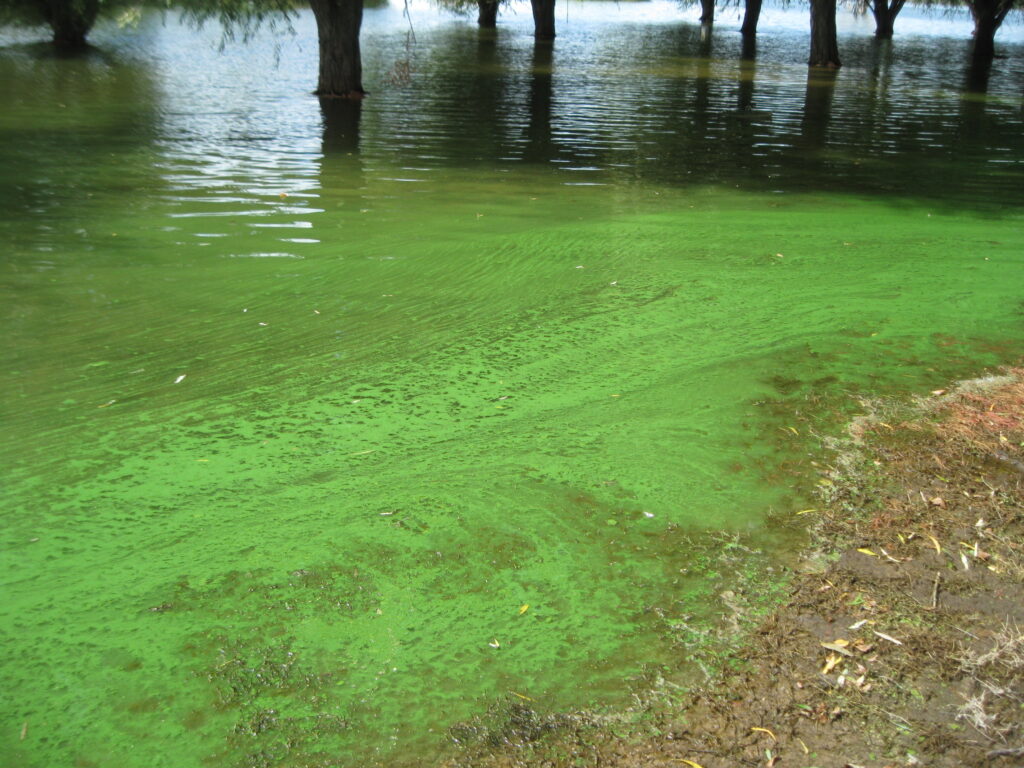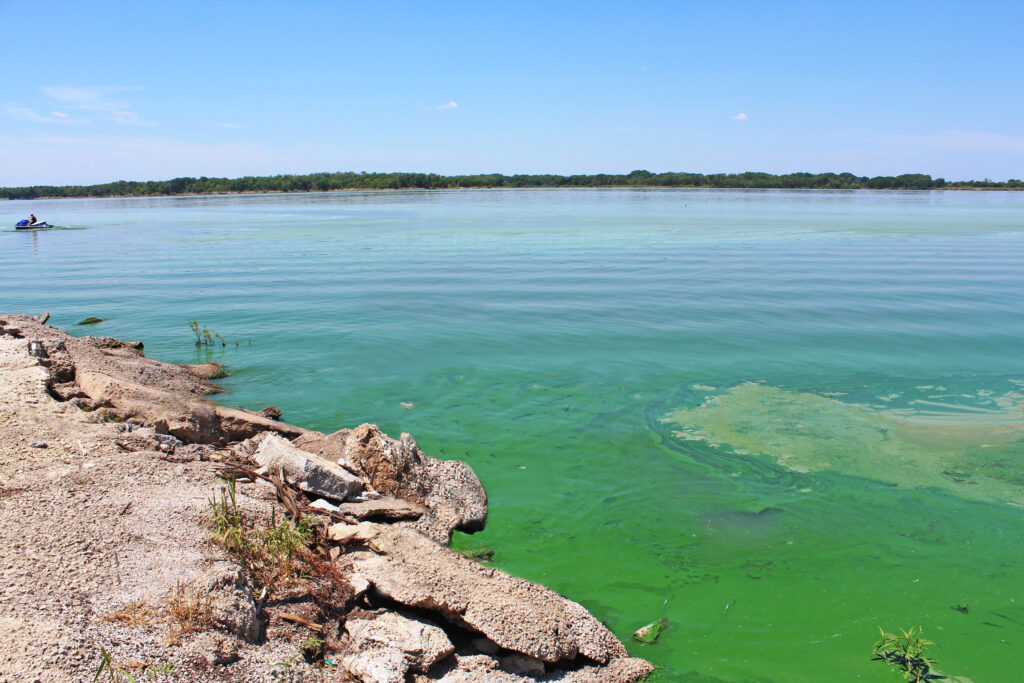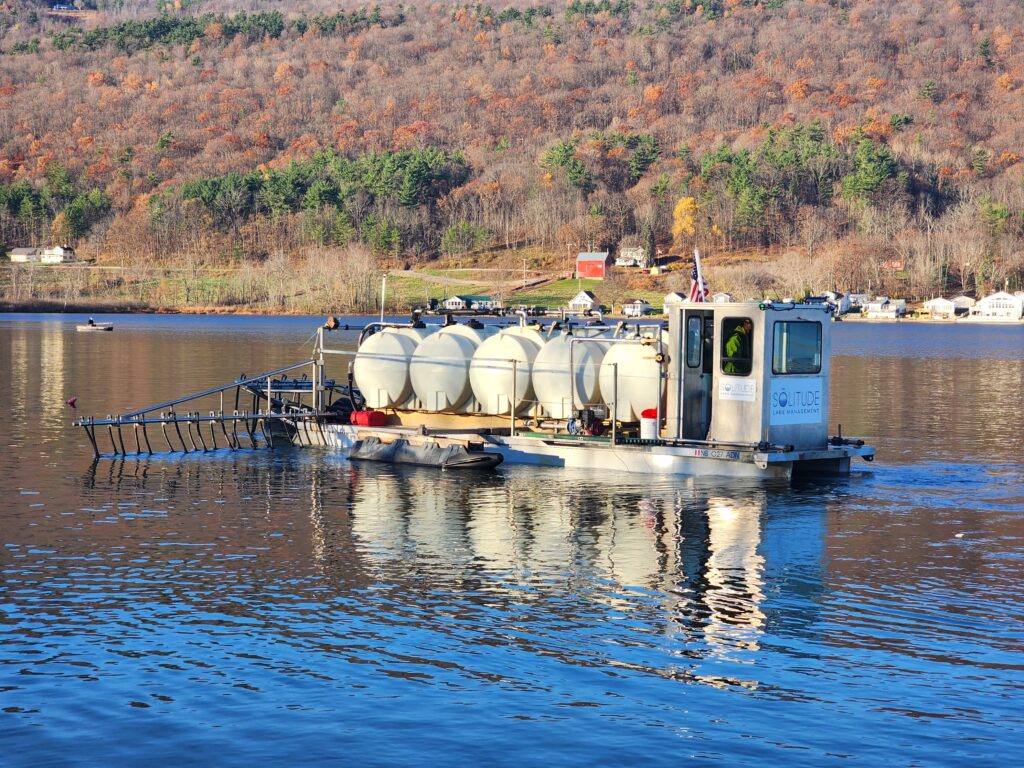
Exploring Alum's Ability to Restore Water Quality In California Lake
Pinto Lake is a 120-acre recreational lake in Watsonville, CA. This popular lake is often used by residents to fish, swim, boat, and kayak. Unfortunately, nutrient pollution and warm temperatures cause the lake to develop poor water quality.
The Problem: Toxic Harmful Algal Blooms
The lake developed massive algal blooms every late summer and fall, and algal toxin levels typically exceeded the State Health HAB Public Outreach Event at Pinto Lake criteria. As a result, the lake was classified as “impaired” and was closed for contact recreation during the bloom periods.
Toxic algae can be extremely harmful and can threaten the health of aquatic life, humans, and pets. Of particular interest, the death of 31 endangered southern sea otters has been traced to algal toxins that have accumulated in shellfish eaten by the otters. Pinto Lake is the likely source of the toxins in the shellfish and the cause of the otter deaths.
The Cause of HABs
An excessive amount of the nutrient phosphorus was the main cause of the toxic algal blooms. Internal phosphorus loading (leaching from the lakebed sediments) and watershed runoff both contribute phosphorus to Pinto Lake, but a study in 2011 showed that the majority (85%) was coming from the lakebed.
Samples from the bottom of the lake confirmed that phosphorus was very high in the sediments and available to be released into the overlying water column. After discussing water restoration solutions, leaders determined that alum was the best solution that would both remove excess nutrients from the water column and also inactivate phosphorus in the bottom sediment.
The Solution: Alum Restores Lake Water Quality
SOLitude experts conducted a buffered alum application (79,000 gallons of alum and 39,500 gallons of sodium aluminate) over ten days in April 2017. The application was highly successful with a dramatic reduction in water column phosphorus, balancing the overall water quality.
When water quality is more balanced, algae and weeds are less likely to develop. After the completed alum application, Pinto Lake’s algal biomass and toxic algal blooms were eliminated due to the algae not being able to thrive off excess nutrients. With the harmful algal blooms under control, recreational restrictions were lifted and citizens were able to enjoy their lake once again.
Want to know more about this project?
Click here for a detailed report of our restoration of Pinto Lake.












